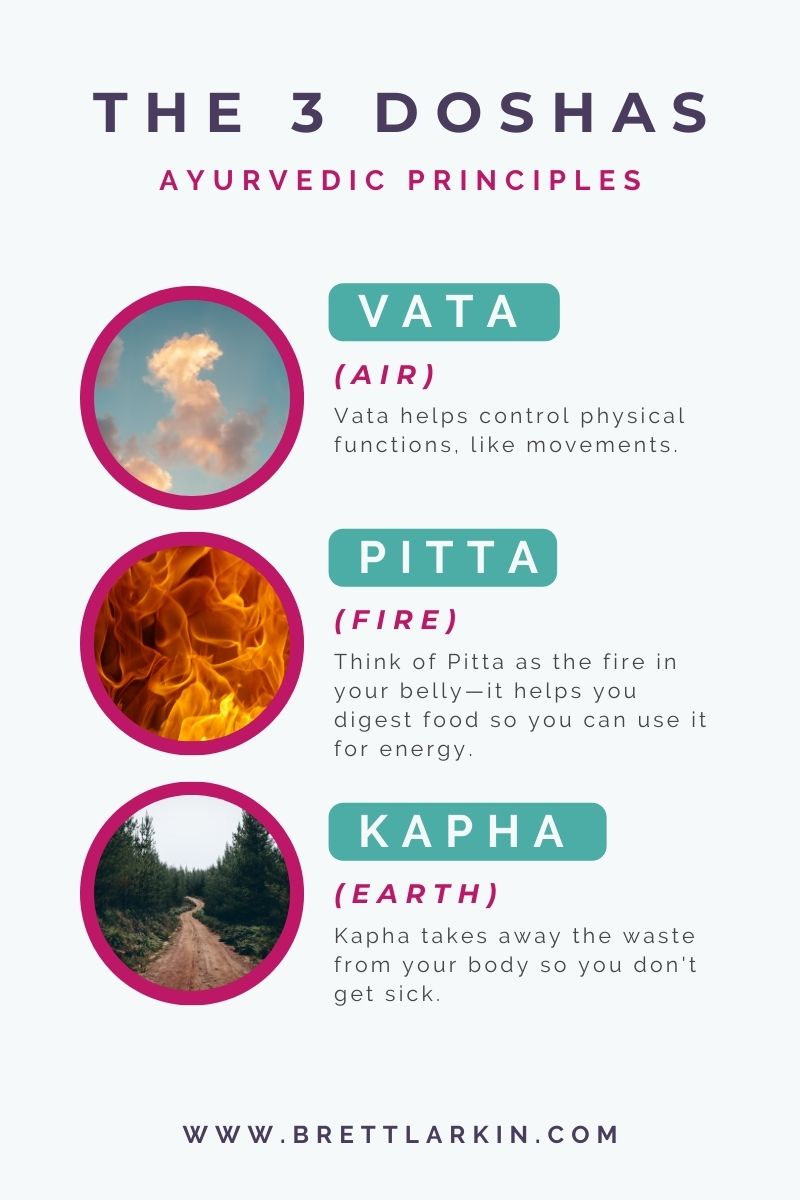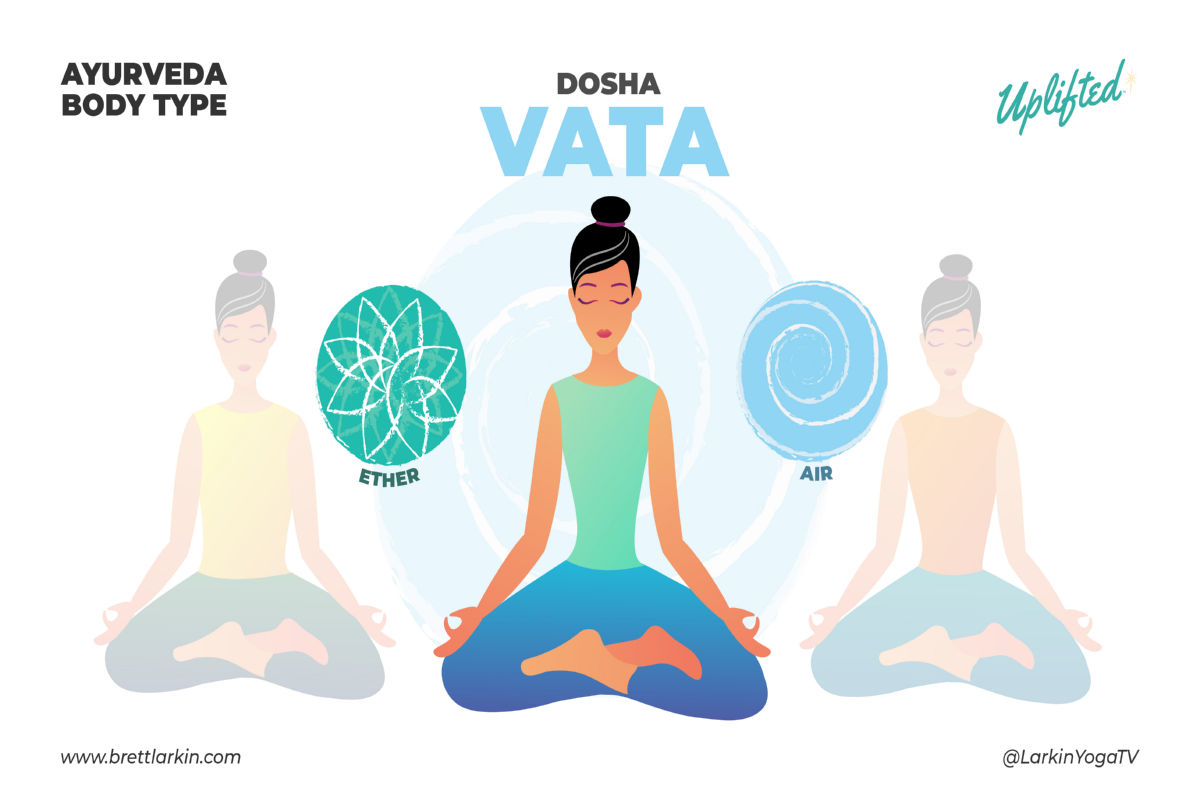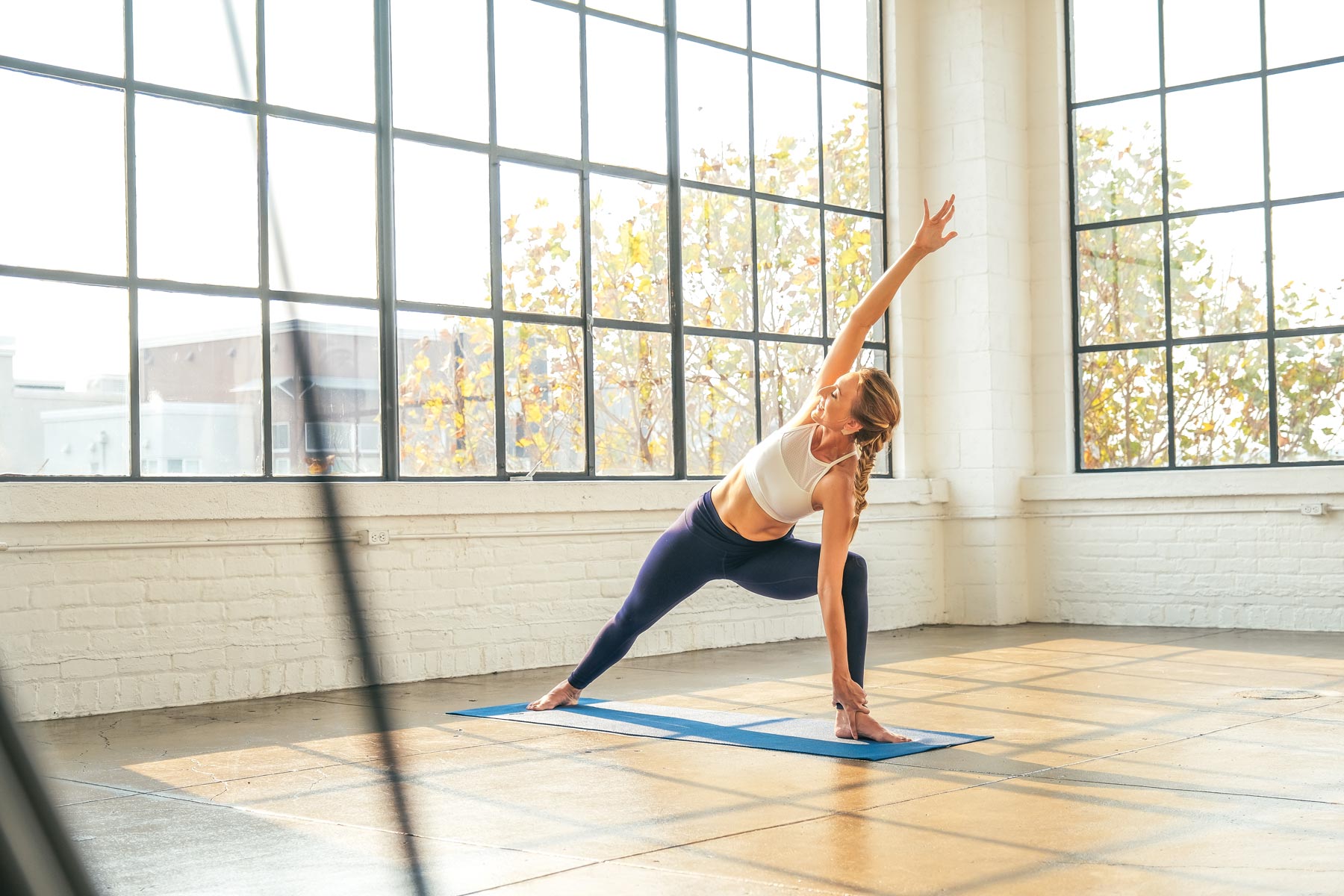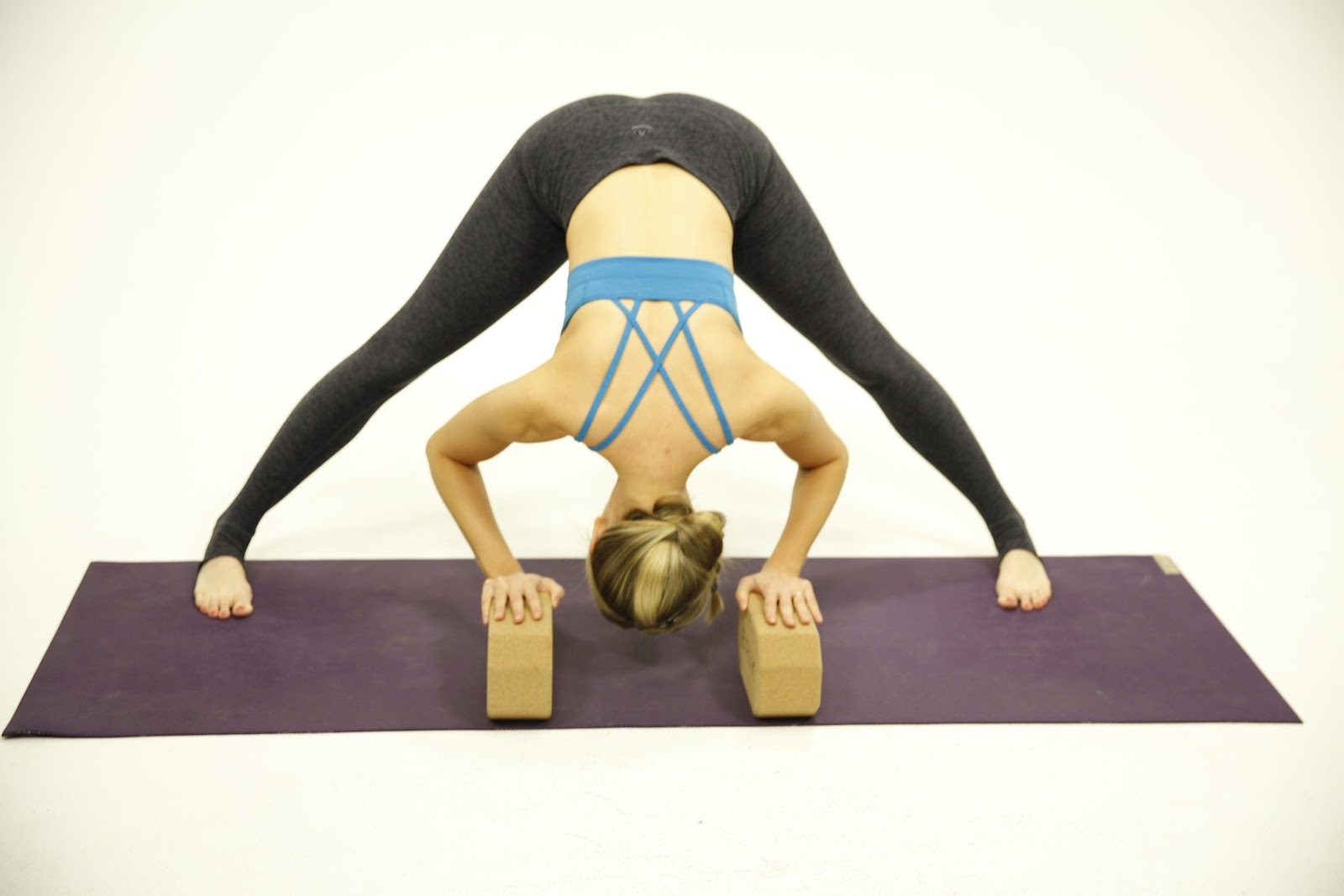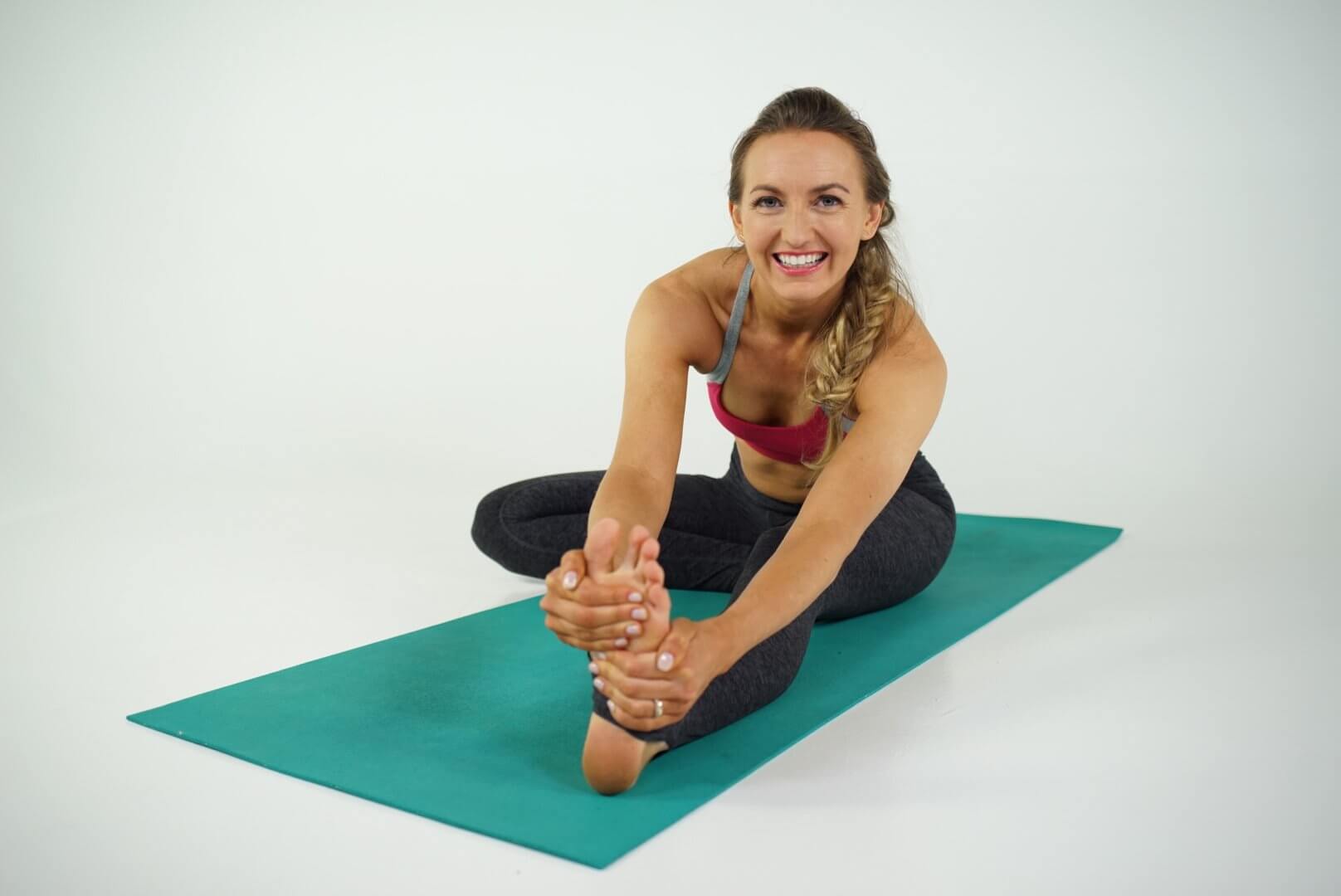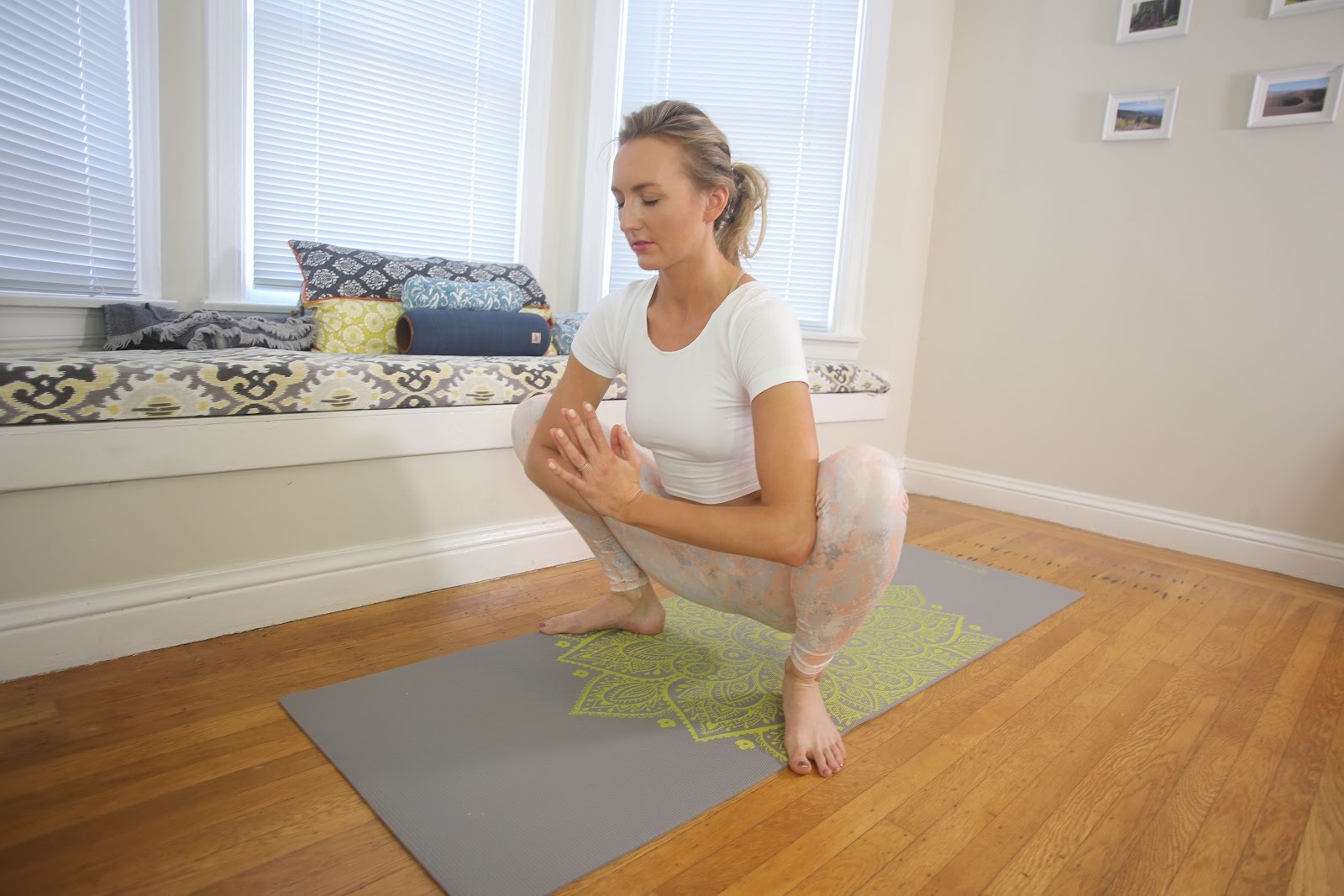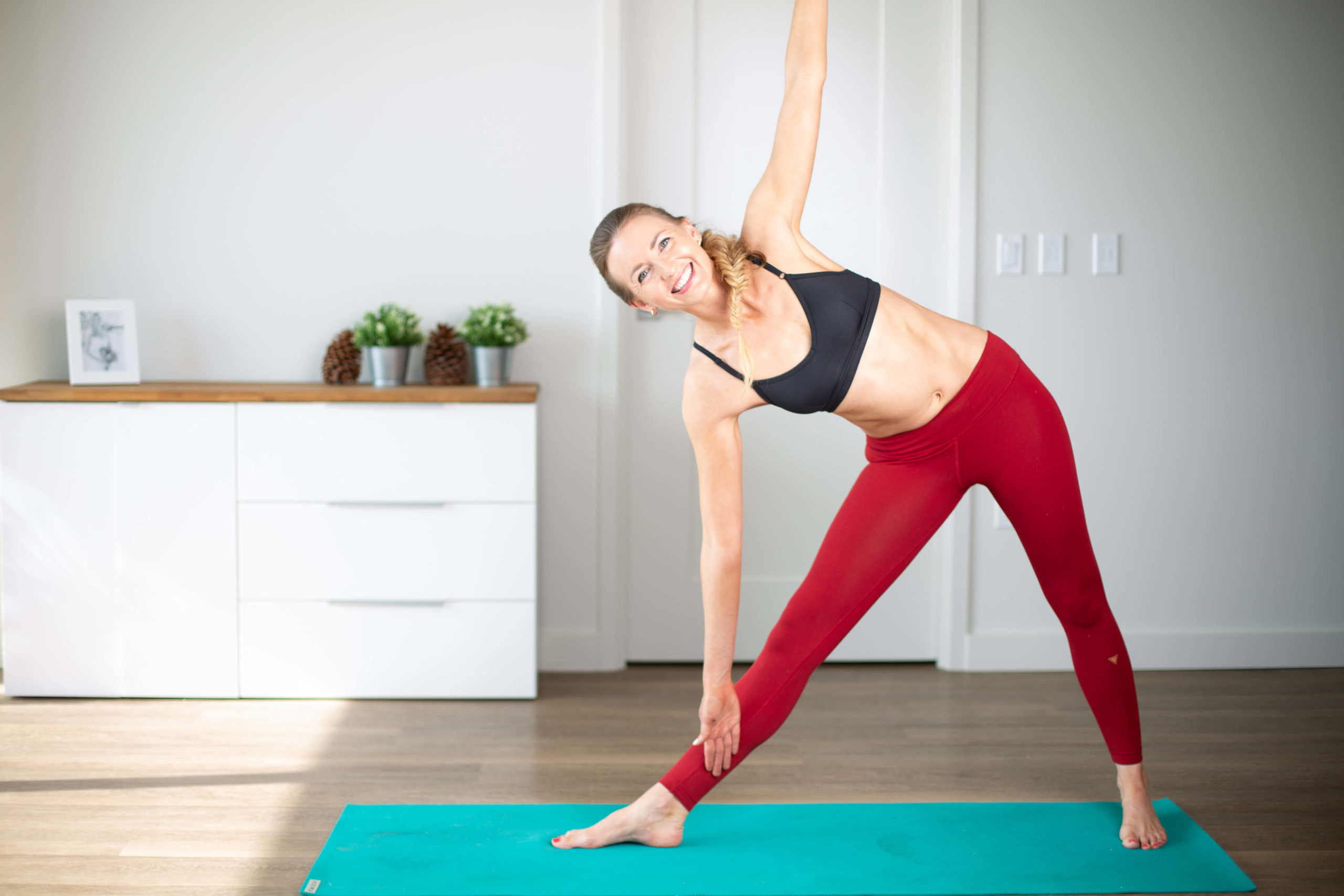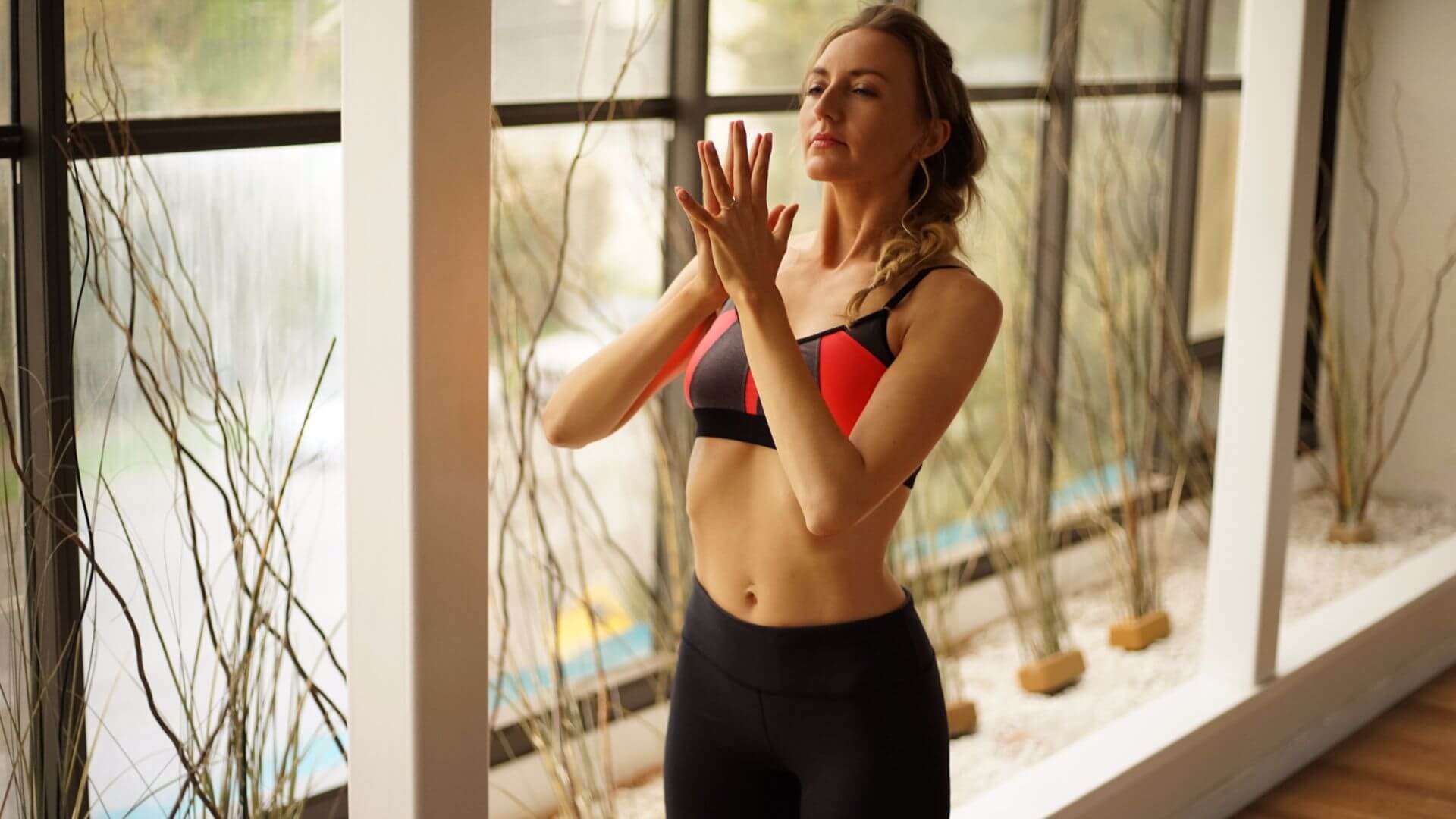Are you full of big ideas but find it hard to focus?
Yoga for vata dosha can help! One of the best ways to promote your well being is by creating a yoga practice that’s tailored for your unique energy type.
That’s right. You can personalize your practice to balance your unique energy!
How do you do that?
The best way to balance your energy is by using Ayurveda, yoga’s sister science.
According to this ancient wisdom, you have three elements present in your body and mind, which you might have heard of before.
These three elements are called doshas: Air (Vata), Fire (Pitta), and Earth (Kapha).
Together, these three dosha elements make up your personal constitution, with one being dominant. Think of this like your astrology sign.
If airy Vata is your predominant dosha, then you’re in the right place.
Don’t know your dosha? No worries! Take my quiz to find out what your dominant dosha is! Also, an ayurvedic practitioner can help you go deep into your unique constitution.
Let’s learn how to ground your air and practice vata balancing yoga, so you can be your best, most authentic, most joyful self.
Yoga for Vata Dosha
Basic Guidelines: Get to Know Your Vata Air element
Creativity leads you in so many new directions! You are an artist, photographer, visionary, or creative who is bubbling with ideas. You feel most alive when you’re doing what you do best: creating.
Your power center is most likely your second and third chakras, because your lower body holds the energy for you to be a creation machine.
You love yoga poses that are soft and flowy, and you probably love to pump up your natural state with backbends and breathwork. Your practice is as creative as you are.
You may have studied under multiple yoga teachers or maybe you step on your yoga mat and move where your body tells you.
When Vata Dosha Is In Balance
When your energy is in balance, you bring your best ideas into the world to completion. You’ll notice that you feel aligned, fulfilled, magnetic, and open to collaboration with a soothed nervous system.
Your slow yoga practice serves to anchor your creativity in the here and now. When you get on the mat, you know that taking it slow will enhance your experience and lead you to having clarity when you go back to your life off the mat.
When Vata Dosha Is Out Of Balance
You might be able to feel when your vata dosha takes over your entire body. It will feel like you’re floating above the ground, because in some ways, you are! Having too much air can cause you to become ungrounded. Grounding is the #1 thing you need to get back to being your glowing, best self.
If you’re feeling overwhelm take over or you’re finding it hard to focus, chances are it’s time to get your vata in check.
Here are a few of the signs that it’s time to start balancing vata:
Excess Vata Symptoms
- Overwhelm
- Paralyzed by too many ideas
- Inability to focus
- Lack of followthrough
- Confusion
- Irrational
- Dramatic
- Hypersensitive
- Perfectionistic
Vata’s Greatest Challenge
Having so much airy creative energy can cause you to want everything and become indecisive. Your greatest challenge is to follow through.
You have one million ideas but can feel like you don’t know where to start. You might suffer from indecision paralysis as you’re unsure which idea to start with first, so you get overwhelmed and don’t start anywhere.
If you create organization around your ideas, you can bring them to the finish line. There’s no better place to start balancing your vata than on the mat.
Vata Balancing Yoga
The yoga poses that you will benefit greatly from are grounding. We need to bring all that air down the ground and add in some earth (a.k.a. Kapha dosha).
Taking your asana at a steady pace, moving slowly, and making it a central practice of your daily routine will help your body and soothe any vata imbalance.
Your internal organs will thank you as you move slowly, and stay connected to the ground.
Yoga Postures to Ground & Center Vata Dosha
The yoga poses below are meant for balancing vata. The best thing you can do is get your body on the ground and move slowly. A slow yoga practice is key to balance vata dosha. Any Vata will benefit greatly from incorporating these asanas into their yoga practice.
When in doubt, savasana (corpse pose) is your go-to pose. The closer you can get to the floor, the better. Taking slow, deep breaths while doing nothing will bring you back to center. Get your whole body in contact with the floor at least once per class. Never skip savasana.
Child’s pose is another option if you’re looking for a way to bend forward and find your chill.
To get grounded and back in balance, vata doshas should try these poses:
Prasarita Padottanasana (Wide-Leg Forward Fold)
With two feet planted on the ground, forward bends are your best friend. They offer you more balance.
Even though this technically qualifies as one of our standing poses, this might be something you’d find in a yin yoga class for vata dosha.
Plus, this standing forward bend is great for your digestive system and your nervous system.
Prasarita Padottanasana (Wide-Leg Forward Fold) Instructions
- Stand with feet one leg’s distance apart, big toes facing forward and slightly in.
- Fold forward and place both hands on the ground in front of you, wherever they land. It’s okay to hold the seat of a chair, table or two yoga blocks if the floor is too far away.
- Keep the back of the neck long. Torso moves toward your quads.
- Draw your inner thighs energetically toward one another.
- Yearn your shoulders back and away toward the ceiling so they’re not sagging down by your ears.
- Pull your abs up and in and let your low back release.
Janu Sirsasana (Head to Knee Forward Bend)
If you’re feeling anxious or having lower back pain, this pose is your life-saver. It naturally stimulates your digestive system, keeping it healthy, and sending “feel good” sensations from your gut to your brain.
Choose this seated stretch (one of my favorite forward folds!) to open your low back, hamstrings, and gain mental clarity.
If you’re looking for focus, this pose will work both your brain and your abdominal area. A win-win!
Janu Sirsasana (Head to Knee Forward Bend) Instructions
- From seated, begin with legs in front of you. If it’s more comfortable, prop your seat propped up on a cushion or rolled blanket. Bend your right knee, placing the sole of your right foot anywhere along on your inner left thigh.
- Inhale and lengthen your spine; exhale, draw the navel in. Bend at your hips to lean forward over your left leg.
- Resist the urge to reach for your left foot. Place your hands on the floor alongside your left thigh, on your shin, on blocks, or hold a strap that loops around the left foot.
- Inhale and yearn your chest forward to find length in the spine; exhale and rotate toward your left knee – even just a little more.
- To come back upright, move slowly. Use your hands to support you and walk your torso toward vertical. Breathe.
- Repeat on the other side.
Malasana (Squat or Garland Pose)
While squatting is one of the most ancient human poses, within yoga and in everyday life, it’s become uncomfortable for many of us.
Placing both of your feet on the ground and getting your lower abdomen closer to the ground will help your body, strengthen your legs, and give you a moment to pause and breathe.
This pose keeps your upper body engaged too – and some even refer to it as a wind relieving pose, which is good for airy Vata’s internal organs.
Malasana (Squat or Garland Pose) Instructions
- Start with your feet hip width apart.
- Bend your knees and lower your pubic bone towards the floor until you land in a squat.
- Take your upper arms inside your knees, bending your elbows to bring your palms together in prayer position.
- Keep your spine straight while your butt moves towards the floor, and your shoulders are relaxed.
- Stay for a few deep breaths. You can come to a standing forward bend as you exit, if you’d like.
Poses to Limit for Vata Types
Want to impress your yoga teacher? Tell her you’re feeling a vata imbalance and want to skip some of these poses:
- Sun salutation (Surya namaskar)
- Mountain pose
- Warrior II
- Moon salutation
- Locust pose
- Tree pose
- Thunderbolt pose
- Bow pose
- Cobra pose
- Anything that keeps you on your feet, reaching for the sky, like a sun salutation
Off the Mat Tips for Grounding Vata In The Moment
If you need some support outside your practice, there are a few things you can try, outside of yoga poses, to correct a vata imbalance:
- Do only one thing at a time. Remember, slow and steady will get you where you want to go. Resist the urge to multitask.
- List out all your ideas. Then, pick one. Start there. Do one baby step to bring that idea to life.
- Spend time in nature. Hug a tree. Put your hands in the dirt. Anytime you feel overwhelm taking over, get outside and put your feet on the earth, literally. Do child’s pose on the grass. Get yourself outside!
- Schedule your yoga practice for the same time each day. Vatas need routine to stay grounded.
Final Thoughts
Understanding how to manage your dominant vata can help you bring your creative dreams to life. By utilizing the benefits of Ayurvedic medicine, you can achieve optimal health: mind, body, and soul.
If you want to go deeper, join the Uplifted Community or grab my new book YOGA LIFE to learn more.
Next Steps
- Take my History of Yoga Course to learn all about yogic principles and how they are applied to daily life!
- Order my Yoga Life book for a practical guide to applying yogic principles to your life and constitution.
- Check out my Yoga Philosophy knowledge hub for more inspiring content
- Join Uplifted for exclusive content that you can access right from the app. Take a deep dive into your practice with me this year!
Experience 3 Training Videos from Inside My 200-Hour Online YTT

YOU MIGHT ALSO LIKE
- My Homemade Immunity Tea Recipe For Winter
- How To Do An Ayurvedic Panchakarma Cleanse At Home (Safely)
- Ayurveda Food Combining: The Key to Balanced Digestion
- How To Reduce Body Heat According To Ayurveda
- Types Of Agni In Ayurveda And How To Balance
- How To Balance Doshas And Step Into Your Powerful Self
- The Eight Branches Of Ayurveda: Guide To A Happy Life
- Yoga for Vata Dosha: Practice Poses and Tips
- Yoga for Pitta Dosha: Practice Poses and Tips
- Yoga for Kapha Dosha: Practice Poses and Tips
- Jal Neti Kriya: The Best Thing You Can Do To Clear Your Head Right Now
- My Exact Ayurveda Morning Routine For Yogis
- The 6 Stages of Disease in Ayurveda
- Discover Your Ayurvedic Constitution and Balance Your Mind, Body, and Spirit
- Understanding the Basic Principles of Ayurveda for Yogis
- 3 BEST Ayurveda Schools for a Holistic Ayurvedic Certification
- What Are Nadis? Your Guide to Energy Channels In Your Body.
- What Is An Ayurvedic Diet? Foods For Your Doshas
- A Day Around the Doshas: What I Learned When I Followed the Ayurvedic Clock


